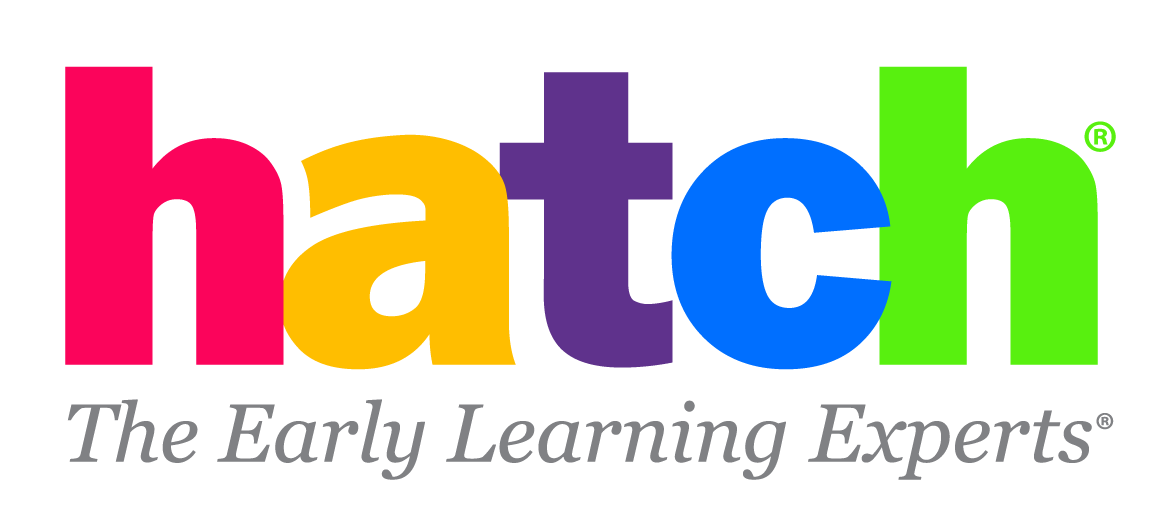English language learners are an important segment of the early childhood population to consider when designing supplemental instructional tools. The complexities of addressing children’s native languages within curriculum primarily designed for English-speaking students presents teachers with a challenge. However, some supplemental instructional tools can save teachers valuable time, boost confidence and overall feelings of efficacy for children attempting to learn a new language, and further unlock levels of proficiency for English language learners.
Lisa Kulick, a teacher in Jefferson Parish Louisiana, has been teaching preschool for many years and has experience with English language learners in her classroom. One child in her classroom began the school year with very little understanding of the English language – in fact, she explains that for the first few weeks of school, the only word he spoke was, “no.” Lisa further explained that a peer supported his dialogue with her for much of the school year until he began to interact with Ignite by Hatch™, a supplemental digital learning tool offered in both English and Spanish. As the little boy engaged with Ignite™ further, Lisa explains that he slowly became more confident in speaking with his Spanish classmates, and gradually began speaking to her in English. This is a reliable example of the effectiveness of peer-to-peer as a grouping and mediation method to compensate and overcome language barriers in learning environments.
Lisa understands that honoring a child’s native language is an important step to embracing English language learners in the classroom. In fact, Genesee (2023) maintains that recent research has shown that educational programs that systematically incorporate the use of ELL’s home language result in levels of high academic success, including achievement in literacy and other academic subjects, that are as high as and often better than that of ELLs in English-only programs. The use of native language support as an instructional scaffolding and essential accommodation for second language acquisition not only leads to higher academic and linguistic achievements, but also becomes a fundamental instrument for social-emotional development, reducing the stage of silence and rejection of social interactions generated by exposure to a new language and culture. As such, it can be argued that the best supplemental learning tool for ELLs is one that is offered in both English and the child’s native language.
What Lisa found at the end of the school year was much in alignment with Genesee’s (2023) claim – this particular child indicated the highest kindergarten readiness scores in their classroom within Ignite’s class reports for kindergarten readiness. Through Lisa’s dedication and persistence in the classroom, and the support of Ignite by Hatch™ as a supplemental learning tool, not only did this little boy gain the confidence necessary to feel as though he had a voice in the classroom, but he also showed he was successfully on the path to kindergarten readiness in a program fully aligned with his school’s curriculum.
https://wida.wisc.edu/teach/earlyWIDA: Voices from the Field: Build social-emotional support and maintain community.
Peer effects on dual language learners’ English and Spanish receptive vocabulary development 2021, Early Childhood Research Quarterly

